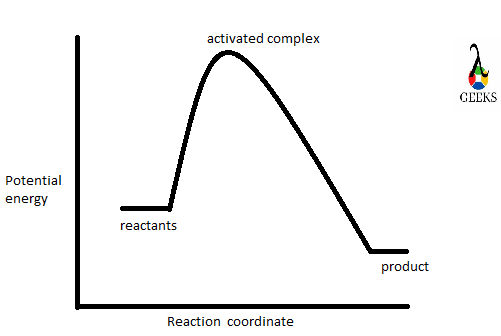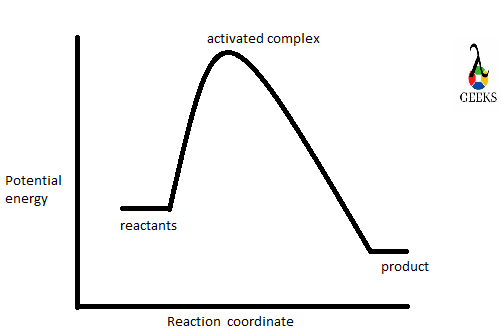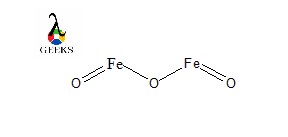Table of Contents
Climecell
Climacell is a revolutionary eco-friendly, high-performance insulating material. Let’s explore how it can be recycled to reduce waste and promote sustainability!
First, carefully remove any tape, labels, or other attachments from the Climacell. Then, place it in a recycling bin designated for paper products.
Climacell is made of kraft paper and a starch-based adhesive. The fibers in the paper can be broken down and used to make new paper products, and the adhesive can be composted or used as fertilizer.
Organizations and companies are partnering to develop recycling solutions for Climacell. They create facilities to break it down into its base components, which can then be reused or repurposed.
For example, TemperPack has partnered with paper mills and recycling facilities across the US to divert Climacell from landfills. By recycling it, we help conserve resources, and it can be used in industries like shipping, packaging, and life sciences.
Understanding Climacell and its recyclability
Climacell is a recyclable and versatile insulation material that offers sustainable packaging solutions for various industries. Let’s take a look at its recyclability.
Table: Understanding Climacell and its Recyclability
| Key Aspect | Information |
|---|---|
| Material | Made of paper fibers and starch-based adhesive, Climacell is an eco-friendly option. |
| Packaging Solution | Offers great protection during transit, minimizing product damage. |
| Recycling Process | Can be recycled in curbside bins or composted in facilities that accept it. |
| Recycled Products | Can be recycled into new paper products or cushioning for shipments. |
| Market Availability | Companies are using Climacell due to its recyclability. |
| Industry Impact | Reduces waste in landfills and helps create a more sustainable future. |
Climacell liners are also popular in seafood and life sciences industries for maintaining product quality during transportation.
Pro Tip: Before disposing of Climacell products, always check local guidelines and remember to remove any plastic or foam components attached to it.
Climacell is an innovative solution that reduces waste while providing reliable packaging materials. So let’s get on board and help create a greener future! Recycling Climacell insulation: The planet and your wallet will thank you!
Steps to recycle Climacell insulation
Recycling Climacell insulation is essential to reducing waste and protecting our planet. Here’s a guide to help you:
- Check the label: Look for the How2Recycle label on the packaging. It’ll provide instructions on how to recycle the product.
- Remove non-recyclables: Before recycling, make sure to take out any non-recyclable items, such as plastic or foam.
- Sort materials: Separate the Climacell insulation from other recyclables, like paper or cardboard. This’ll help the recycling process.
- Find a recycling facility: Not all facilities accept Climacell insulation, so find one that does. Curbside recycling may also accept this type of material.
- Dispose of liners: If the insulation includes kraft paper or other biodegradable materials, compost or recycle with paper products.
- Provide feedback: Share your experience and suggestions with producers of Climacell insulation. This’ll encourage them to explore more sustainable packaging options.
Plus, new recycling tech might offer better ways to process and reuse Climacell insulation. So, stay informed about the latest advancements in recycling techniques.
A seafood company used Climacell insulated boxes for shipping. By recycling properly, they reduced their carbon footprint and impressed customers with their commitment to sustainability. Recycling Climacell insulation can make a positive impact on the environment.
Recycling options for Climacell insulation
Climacell insulation can be recycled in various ways! Some of the options include: disposing it in your curbside recycling bin, composting (if it’s made from plant-based materials), dropping it off at recycling facilities, taking advantage of special programs, and reusing it.
In addition, organizations have begun using Climacell liners for their packaging to reduce waste. The liners are made from kraft paper and starch-based materials, making them more eco-friendly than the traditional foam options.
Fun fact: approximately 60% of U.S. households have access to curbside recycling programs! So, let’s give landfills a chilly reception by recycling Climacell insulation!
The future of recycling Climacell
Table:
| Challenges | Solutions |
|---|---|
| Limited recycling facilities | Invest new facilities that process Climacell waste |
| Complex composition | Develop advanced sorting tech to separate Climacell from other materials |
| Lack of awareness | Educate consumers & businesses about Climacell recyclability |
Also, partnerships between Climacell makers and recycling groups are forming. This aims to optimize the recycling process and get more Climacell products into recycling bins instead of landfills.
Recently, there has been a stir about packaging materials’ environmental impact, especially in food & life sciences. This caused firms like TemperPack to develop sustainable alternatives like Climacell. With the need for recycling growing, efforts are being made to construct a strong infrastructure and educate people on how to recycle this new material.
Conclusion: So why not recycle Climacell? Throwing it away would be a complete waste…literally!
Frequently Asked Questions
1. How do you recycle Climacell insulation?
To recycle Climacell insulation, start by removing any plastic or foam components from the insulation material. Next, separate the paper and cardboard parts from the insulation. The paper and cardboard can be recycled with other paper products in your curbside recycling bin. As for the foam components, check with your local recycling facilities to see if they accept foam for recycling.
2. Can Climacell be recycled along with other packaging materials?
Yes, Climacell can be recycled along with other packaging materials. The paper and cardboard parts can be recycled with paper products, while the foam components should be checked with local recycling facilities for proper recycling options.
3. Is Climacell insulation compostable?
No, Climacell insulation is not compostable. However, the paper and cardboard components can be composted separately if they are free from any other non-compostable materials.
4. How can I find a recycling facility that accepts Climacell liners?
To find a recycling facility near you that accepts Climacell liners, you can visit the “How2Recycle” website and search for recycling options in your area. They provide information on recycling facilities that accept specific materials.
5. Can Climacell panels be recycled?
Yes, Climacell panels can be recycled. The panels are made of paper and cardboard, which can be recycled with other paper products.
6. What happens to recycled Climacell materials?
Recycled Climacell materials, such as paper and cardboard, are often sent to paper mills where they are processed into new paper products. The foam components may be sent to facilities that specialize in recycling foam materials. The recycled materials are then used for various purposes, including packaging solutions and other paper-based products.
Conclusion
Recycling Climacell insulation is simple and eco-friendly! Just follow a few steps for proper recycling. Climacell insulation is made of kraft paper and starch-based material, which can be recycled with other paper products.
Start by removing any plastic or foam inserts from the box. Next, separate the Climacell panels from other materials, like cardboard or bubble wrap. Flatten the panels to save space in the recycling bin. Then, check with your local recycling facility to see if they have particular instructions for Climacell.
After sorting, place the panels in the recycling bin with other paper goods. The panels will be recycled and used to create new paper products.
Specialized recycling programs for materials like Climacell insulation are available. Contact the company’s customer service team if you need guidance. They’ll provide support throughout the process.


